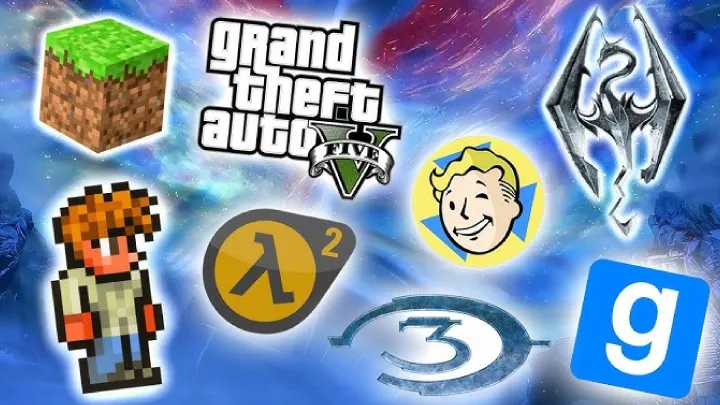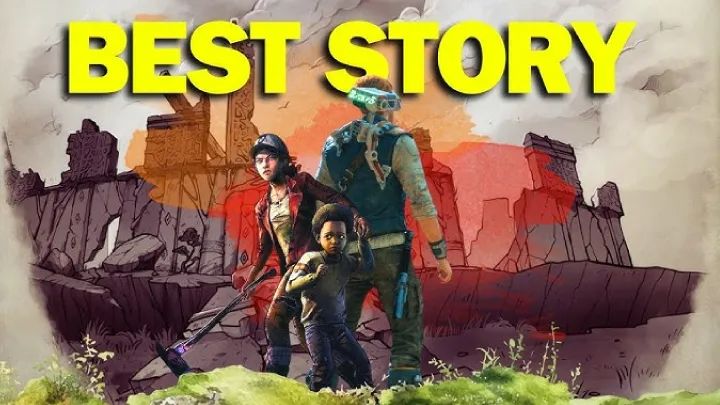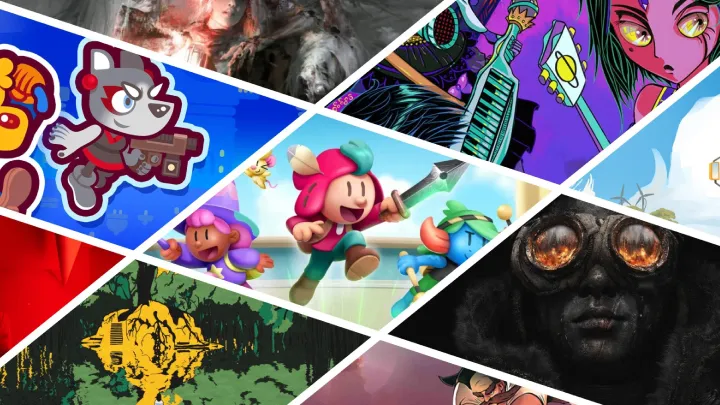Tunic, developed by Andrew Shouldice, is more than just an isometric action-adventure game; it is a masterclass in creating mystery, exploration, and a sense of discovery that few modern games achieve. Among its most intriguing and divisive elements is the in-game language and manual system. This cryptic mechanic not only guides the player but also withholds vital information, forcing them to piece together clues, learn patterns, and often collaborate with others to progress. In this article, we will delve deep into the design, function, and impact of this mysterious language and manual system in Tunic—how it affects gameplay, immersion, and the player community.
The Origins of the In-Game Language Concept
The fictional language in Tunic is not just a cosmetic feature; it is foundational to the game’s design. Inspired by retro games where manuals often contained crucial hints, Andrew Shouldice crafted a symbolic script that players cannot directly read at the start. This evokes a sense of being a stranger in a foreign land—an intentional design choice that mirrors the fox protagonist's journey.
The decision to implement this language system came from a desire to replicate the feeling of childhood discovery, when players would stumble upon cryptic instructions or half-translated guides. By removing immediate comprehension, Tunic encourages players to observe, experiment, and hypothesize rather than follow explicit instructions.
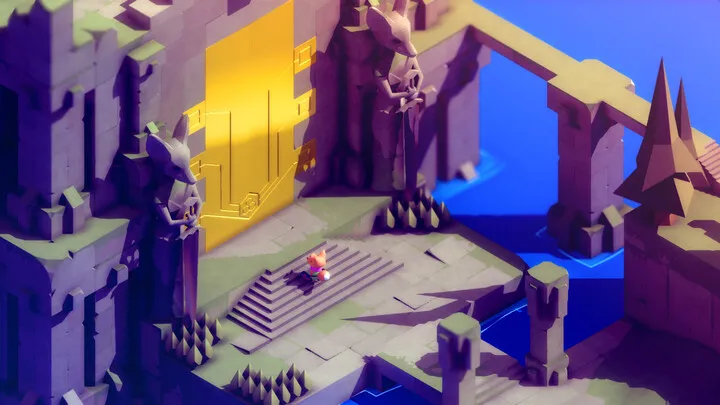
The Role of the Manual: A Game Within a Game
Central to the language system is the in-game manual, which is discovered piece by piece as players explore the world. Each page offers partial guidance—maps, diagrams, symbols, and occasional fragments of readable text. However, the majority remains in the cryptic script.
This manual functions almost like a puzzle book. Players must study its illustrations and context clues to understand combat techniques, item uses, and even hidden mechanics that would be obvious in most games. It is deliberately incomplete, and filling it becomes an act of exploration in itself, rewarding curiosity over linear play.
First Encounters: Player Reactions to the Unreadable Script
When players first see the mysterious script, many experience disorientation. Basic tutorial elements—like attack, dodge, or interact—are only partially understandable. This initial confusion is by design, as it sets the tone: in Tunic, you are not told what to do; you must learn by doing.
Some players reported frustration at this approach, especially those accustomed to modern games’ detailed tutorials. However, others praised the decision as a refreshing challenge that evokes the spirit of early Zelda titles or even the cryptic nature of old game booklets where trial-and-error was essential.
The Evolution of Understanding: How Players Learn the Language
Players start by associating recurring symbols with actions. For example, icons near doors, ladders, or shrines gradually reveal their purpose through repetition. This contextual learning mimics real-world language acquisition.
By cross-referencing manual pages, players can deduce patterns. Some items or enemies have recurring glyphs, and their meaning becomes clearer over time. This creates a feedback loop between exploration and documentation.
The Language as a Gatekeeping Mechanic
The cryptic language is not just a flavor element; it actively gates certain content. Some late-game puzzles and hidden endings are inaccessible without a deeper understanding of the script. This design choice divides the player base into casual adventurers and dedicated decipherers.
This gatekeeping is controversial. While it rewards players who invest time, it can also alienate those who seek a straightforward experience. However, this tension is precisely what makes Tunic stand out: it is a game that respects the player’s intelligence and patience.
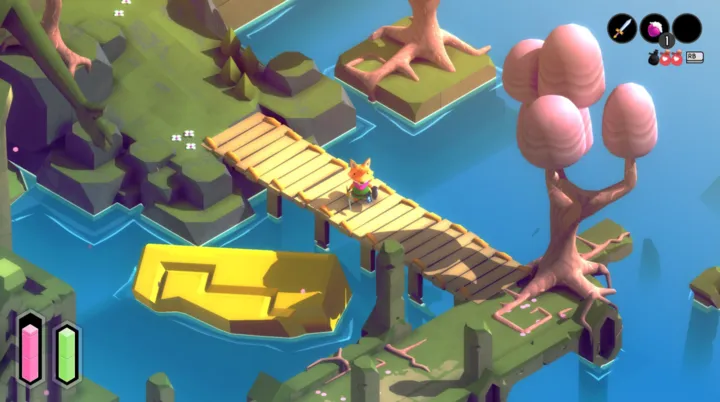
Community Collaboration and the Rise of Decoding Efforts
One of the most fascinating outcomes of this language system is how it fostered a vibrant decoding community. Forums, Reddit threads, and Discord servers became hubs where players shared findings, speculated on grammar rules, and collectively pieced together the language.
This collaborative decoding mirrors the golden age of gaming when secrets spread via word of mouth or handwritten notes. In an era of instant guides and walkthroughs, Tunic revived the joy of communal mystery-solving.
The Impact on Narrative Delivery
Because the language obscures much of the lore, players experience the story in fragments. This creates a layered narrative where the “true story” only emerges after significant effort. Even after finishing the game, many players revisit the manual to uncover hidden meaning in past events.
This method enhances replayability. Unlike linear narratives, Tunic offers a story that expands as your understanding deepens, much like re-reading a book after learning a new language.
Accessibility Concerns: A Double-Edged Sword
For hardcore players, the mysterious language is a dream—rich with secrets, lore, and layered puzzles. It transforms the game into an intellectual playground.
However, the same system creates barriers. Not everyone has time to decode an invented alphabet or cross-reference manual pages for hours. This raises questions: Should games like Tunic offer an optional translation feature, or would that undermine its artistic vision?
Long-Term Engagement and Legacy of the System
The language and manual system give Tunic a lasting presence in the gaming community. Long after release, new players continue discovering secrets, and the game remains a topic of discussion for design students analyzing non-traditional tutorialization.
By turning its language into both a mechanic and a meta-puzzle, Tunic ensures its place as one of the most intellectually stimulating action-adventure titles of the decade.
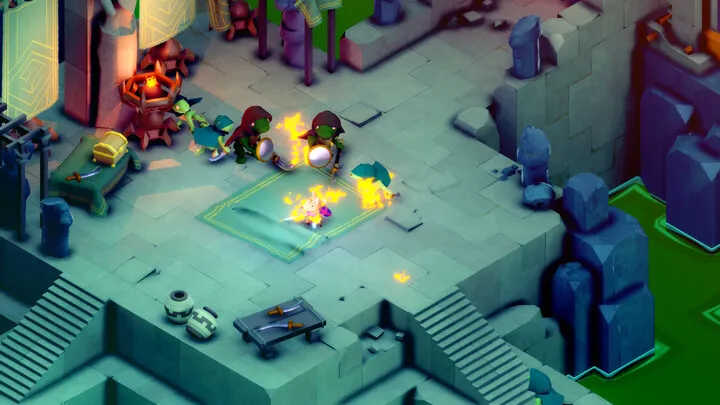
Lessons Learned for Future Game Design
- Mystery as a Tool
- Mystery, when done right, enhances immersion rather than frustrates players. Tunic proves that withholding information can be more engaging than over-explaining.
- Manual as a Gameplay Element
- Reintroducing physical (or in-game) manuals as interactive objects is a design approach worth revisiting. It bridges the gap between game and meta-game.
- Community-Driven Discovery
- The game’s language system demonstrates how developers can leverage player curiosity to create viral, long-term engagement.
Conclusion: The Genius and Gamble of Tunic’s Language System
The in-game language and manual of Tunic are bold experiments in player engagement, nostalgia, and non-linear learning. They challenge the traditional boundaries of tutorials and narrative delivery, creating a game that feels alive with secrets even after hours of play.
For some, this mechanic is a source of endless fascination, while for others, it is a wall of confusion. But that duality is the point: Tunic invites you into a world where knowledge is earned, not handed to you, and where every page of the manual you uncover brings you one step closer to true understanding.














